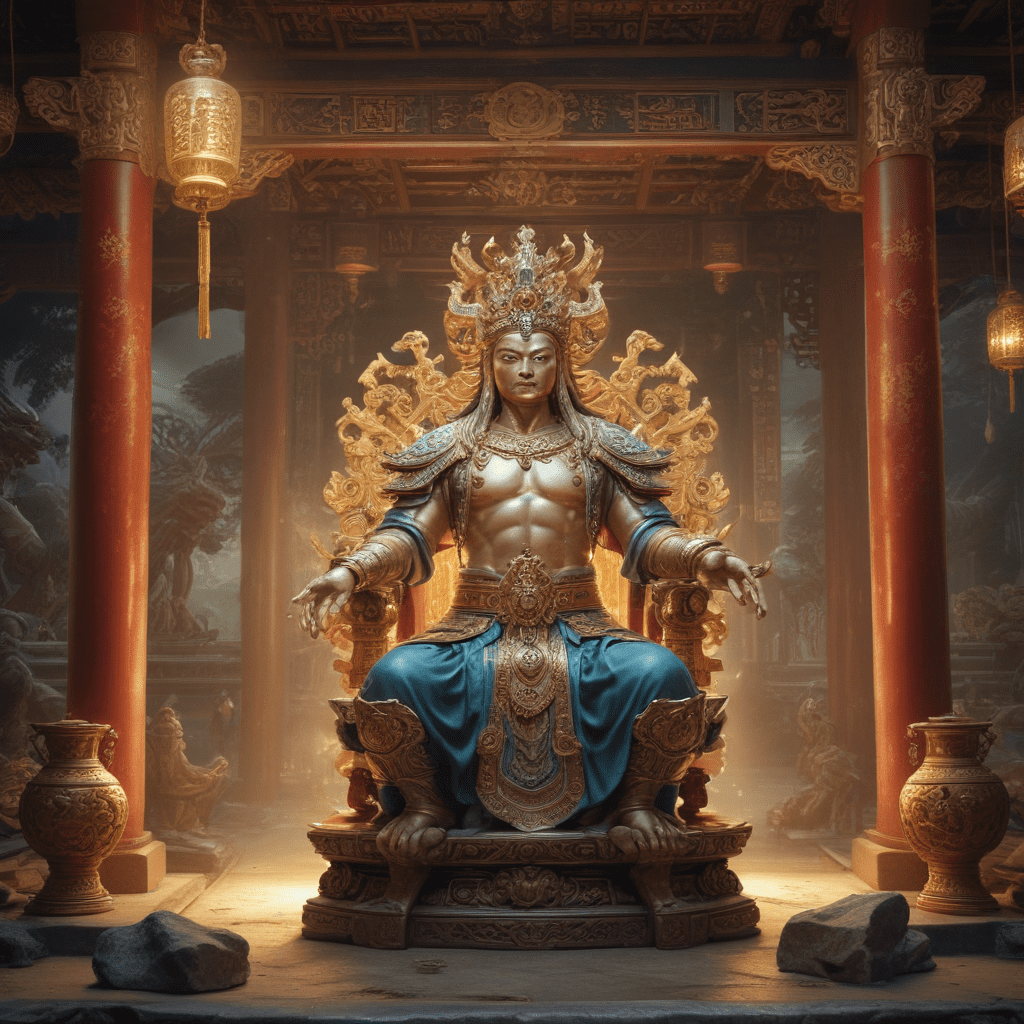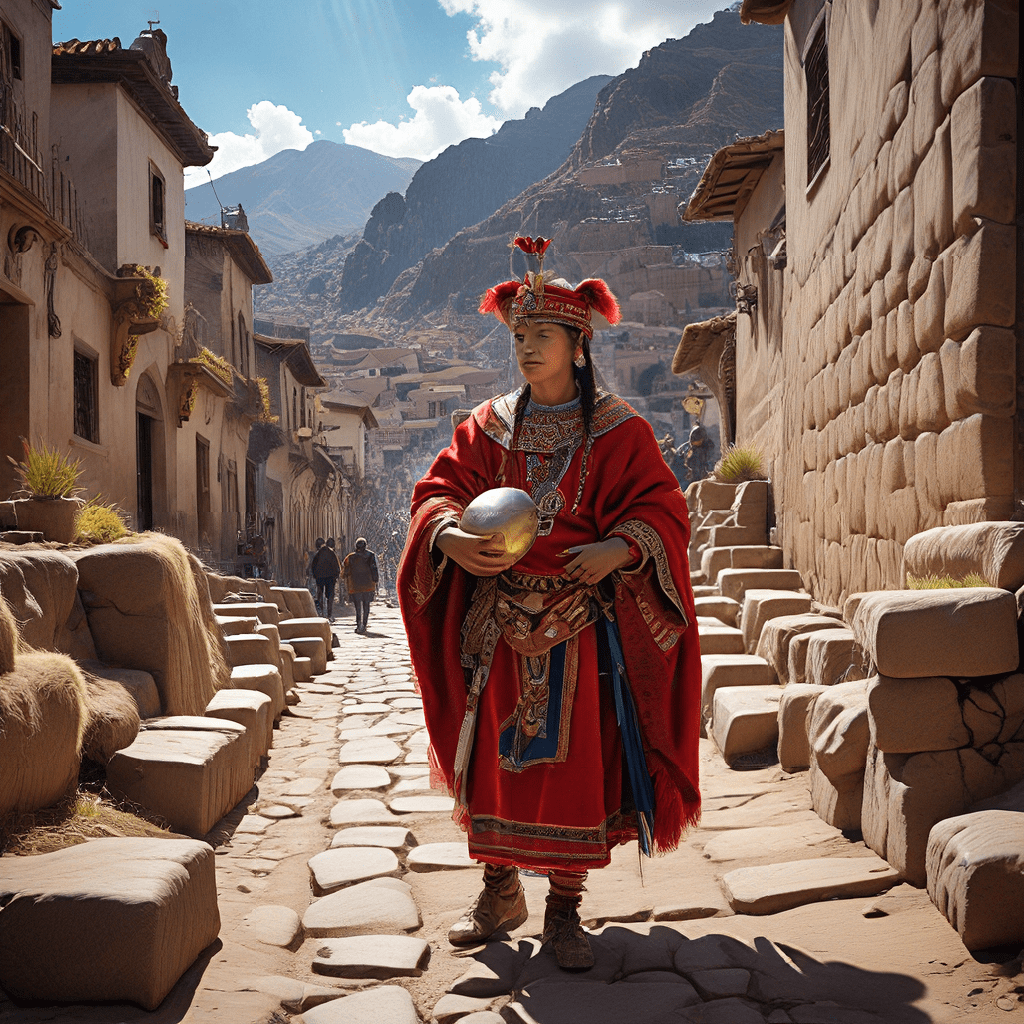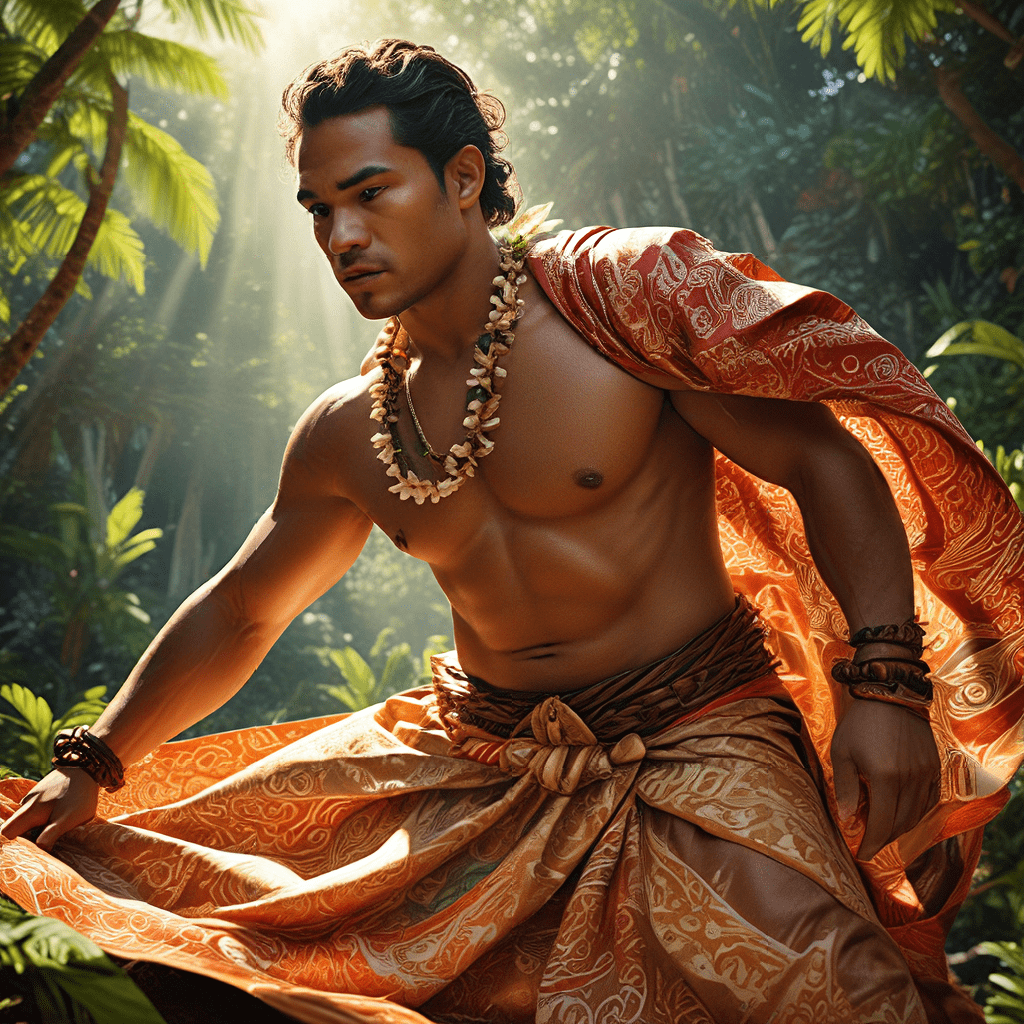1. Introduction: The Three Treasures in Chinese Mythology
In Chinese mythology, the concept of the Three Treasures is a fundamental belief that encompasses the essential components of the universe and the path towards spiritual cultivation. They represent the harmonious balance of heaven, earth, and humanity, interconnected and interdependent. The Three Treasures have influenced Chinese culture, art, and literature throughout history, leaving an enduring legacy that continues to resonate in modern times.
2. The Legacy of the Shang Dynasty
The earliest known references to the Three Treasures can be traced back to the Shang Dynasty (1600-1046 BCE). During this period, the concept of "tian" (heaven) and "di" (earth) emerged, representing the celestial and terrestrial realms. The Shang people believed that the heavens held sway over human affairs and that the earth provided sustenance and protection. As the dynasty progressed, the concept of a third treasure, representing humanity, was introduced.
3. The Concept of "Tian" and "Di"
In Chinese mythology, "tian" is often personified as the Jade Emperor, the supreme ruler of the heavens. He is believed to reside in the Heavenly Palace, surrounded by celestial beings. "Di" is represented by the Queen Mother of the West, who reigns over the earthly realm. She is the guardian of immortality and is associated with fertility and abundance.
4. The Heavenly Treasure: The Jade Emperor
The Jade Emperor, as the celestial embodiment of "tian," is the highest authority in the heavens. He is responsible for overseeing the affairs of the mortal world, including bestowing blessings, punishments, and guidance. The Jade Emperor is often depicted as a wise and benevolent ruler, but he can also be stern and unforgiving towards those who violate celestial laws.
5. The Earthly Treasure: The Queen Mother of the West
The Queen Mother of the West, as the earthly counterpart of "di," is the guardian of the mortal world. She possesses knowledge of longevity and the secrets of immortality. The Queen Mother is often depicted as a beautiful and compassionate woman, but she can also be aloof and mysterious. She is believed to have a special connection to nature and is associated with the cultivation of plants and animals.
6. The Human Treasure: The Yellow Emperor
In Chinese mythology, the Yellow Emperor is regarded as the human embodiment of "ren" (humanity). He is believed to have been a legendary ruler who taught humans agriculture, medicine, and other essential skills. The Yellow Emperor is often portrayed as a wise and benevolent leader who guided humanity through its early stages of development.
7. The Daoist Perspective of the Three Treasures
The concept of the Three Treasures holds great significance in Daoism, a philosophical and religious tradition that originated in China. Daoists believe that the Three Treasures are essential for achieving spiritual cultivation and harmony with the universe. They strive to cultivate "jing" (essence), "qi" (vital energy), and "shen" (spirit), which are believed to correspond to the Heavenly, Earthly, and Human Treasures, respectively.
8. The Three Treasures in Traditional Chinese Culture
The Three Treasures have had a profound influence on traditional Chinese culture. They have been revered in art, literature, and religious practices. Temples and shrines dedicated to the Jade Emperor, the Queen Mother of the West, and the Yellow Emperor can be found throughout China. The Three Treasures continue to be important symbols of Chinese spirituality and cultural heritage.
9. The Influence on Chinese Art and Literature
The Three Treasures have been a rich source of inspiration for Chinese artists and writers. Paintings, sculptures, and works of literature often depict the Jade Emperor, the Queen Mother of the West, and the Yellow Emperor as central figures. These artistic representations have helped to shape the popular understanding and veneration of the Three Treasures in Chinese culture.
10. The Enduring Legacy of the Three Treasures
The Three Treasures have left a lasting legacy that continues to resonate in modern Chinese society. They are not only revered as mythological figures but also seen as symbols of harmony, balance, and the interconnectedness of all things. The Three Treasures continue to inspire spiritual cultivation, artistic expression, and cultural identity in China today.
FAQ
Q: What do the Three Treasures represent in Chinese mythology?
A: The Three Treasures represent the fundamental components of the universe: heaven, earth, and humanity.
Q: Who is the Heavenly Treasure in Chinese mythology?
A: The Heavenly Treasure is represented by the Jade Emperor, the supreme ruler of the heavens.
Q: Who is the Earthly Treasure in Chinese mythology?
A: The Earthly Treasure is represented by the Queen Mother of the West, the guardian of the mortal world.
Q: Who is the Human Treasure in Chinese mythology?
A: The Human Treasure is represented by the Yellow Emperor, a legendary ruler who taught humans agriculture and other essential skills.
Q: What is the significance of the Three Treasures in Daoism?
A: In Daoism, the Three Treasures (jing, qi, shen) are believed to be essential for achieving spiritual cultivation and harmony with the universe.


